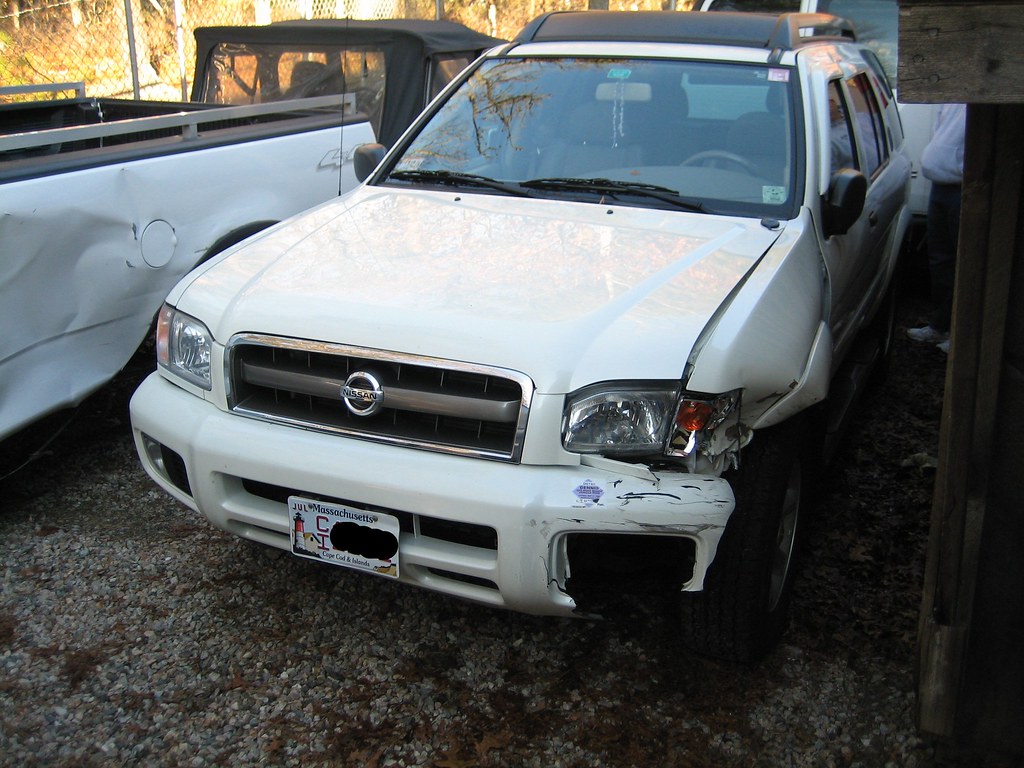Exploring a junkyard might seem daunting for individuals not well acquainted with car parts. It’s worth noting that these spots frequently harbor finds that come at a fraction of the price of brand-new pieces! Knowing how to spot top-notch parts is crucial for getting the bang for your buck and ensuring dependability in your vehicle’s maintenance routine.
Understand Your Requirements
Prior to going to Nissan wreckers in Auckland or wherever you live for a car parts scavenging adventure, planning ahead is key! It’s important to create a list specifying the components needed, such as the model year of your vehicle and any specific part numbers or identifying details, to ease the search process and guarantee accurate results when sourcing the required items from a junkyard nearby.
Quality Examination
When assessing components, it’s important to examine them first and foremost for quality purposes! Keep an eye out for any indications of wear, like cracks or rust. Ensure you see signs of consistent colour and texture, which usually indicate that things are in good shape! Don’t forget to check the mounting points and connections to ensure they look secure and undamaged. Top-notch parts tend to show wear and tear, which could suggest they’ve been used or maintained with care previously.
See if Everything is Working Correctly
It’s a good idea to test the performance of the components you’re working with before using them in your project or repair work. For parts like alternators or starters, be sure to check that they operate smoothly to ensure they are of quality. When dealing with components, use a multimeter to test for continuity and proper functionality. This can help avoid problems in the future and make sure the parts you choose will work as intended.
Look-Out for Known Brands
Recognising components from trusted brands is a signal of quality products. Seek out information on established manufacturers and their distinctive labels. These known brands typically offer long-lasting and trustworthy parts that hold up well even when salvaged from scrap yards. Being able to identify brand logos and markings can help make informed choices and boost confidence in the selected components.
Search for Original Equipment Manufacturer (OEM) Components
Authentic Nissan car parts made by the original equipment manufacturer are tailored to fit and work well with Nissan vehicles specifically. Recognising parts means checking for markings or tags that show where they come from. These items tend to be more dependable than options in the market, offering improved functionality and durability. Opting for parts can result in enhanced satisfaction and reduced issues.
Evaluate the Origin
Knowing the origins of the components can provide insights into their quality level. Components sourced from low-mileage vehicles or those that were only in accidents typically exhibit conditions. If feasible, consider asking about the vehicle’s background, as it can assist in estimating the longevity and dependability of the components. Premium-grade components frequently originate from vehicles that have been meticulously maintained and have sustained damage.
Inquire About the Policy Regarding Returns
When buying from a scrapyard, having a return policy in place brings a sense of reassurance and security to the purchase process. It’s important to check that the yard has policies for returning or exchanging incompatible parts. This will give you peace of mind and lower the chance of buying low-quality components. Understanding the rules upfront can save time and help prevent disagreements down the road.

Check-Out the Price Differences
It’s an idea to check prices at different auto salvage yards to find bargains! Of course, low prices can be tempting, but it’s important not to sacrifice quality for a cost; striking a balance between the two is crucial for ensuring you get parts that work well in your vehicle! Getting quotes from places will give you an understanding of what fair prices are and make it easier to choose wisely.
Consult a Specialist
Seeking advice from professionals or those with experience can provide perspectives to consider when evaluating the quality of vehicle parts. Car mechanics and enthusiasts or close friends knowledgeable in this area can offer guidance on identifying top-notch components. Their firsthand knowledge can help them examine the parts and draw attention to subtle details that may easily be overlooked. Utilising their expertise can boost confidence in decision-making and lead to favourable results.
Conclusion
Locating top-notch components at a Nissan salvage yard involves carefulness and paying attention to specifics. Awareness of the required parts, checking for any damages or faults, and testing their functionality while recognising trusted brands can help acquire pieces. Giving precedence to OEM parts, understanding where they come from, and reviewing return policies can further improve the shopping experience.
